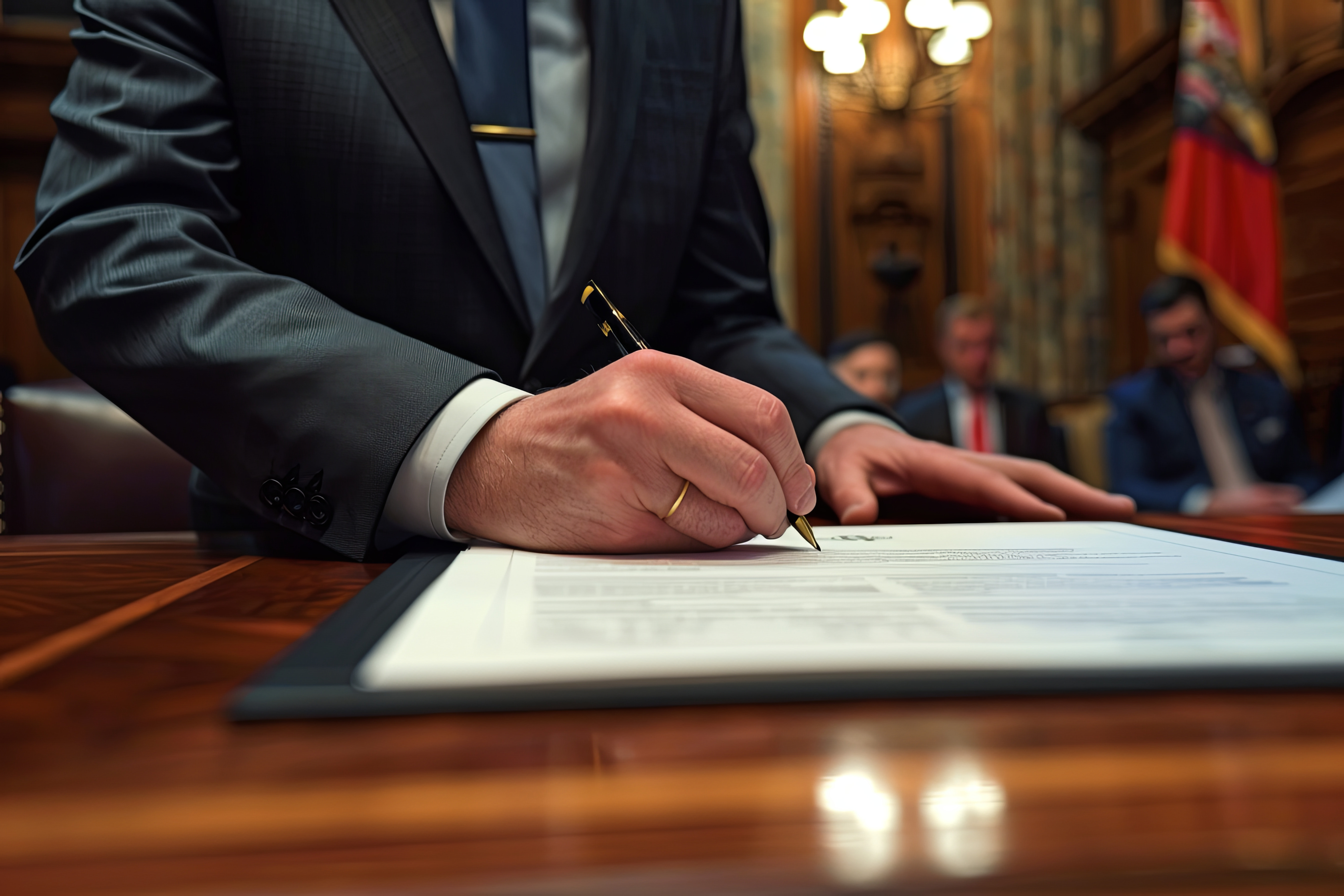Grace Cooper:
With the spread of COVID-19, many workplaces have transitioned to remote work environments. Although it’s still business as usual in theory, navigating remote work for the first time can be challenging in practice, especially for government organizations who need to reach their citizens where they are in a timely manner.
Whether you’re a Congressional office or local government agency, your citizens still want to hear from you – now more than ever. Here are six virtual ways to effectively reach your audience without risking the spread of germs.
Telephone Town Calls
Many government offices and organizations are already using telephone town halls to substitute in-person events in their communities. While these events are completely remote, they give the feel of an in-person event, allowing offices to field questions from citizens in real time.
These events are accessible to anyone with a phone and internet connection, and can be recorded for later distribution to those who weren’t able to attend. Watch our webinar on how your organization can use telephone town halls to talk about the spread of COVID-19.
Auto-Calls
Set up an auto-call to meet people in their homes with a message from your office. Auto-calls are a good way to advertise an upcoming telephone town hall or as a standalone strategy to let your citizens know how to reach you. They’re a low-cost, effective, and repeatable process that can be executed entirely remotely by your staff.
Texting
Send out a text blast to your citizens pointing them to other resources like your website, a telephone town hall you’ll be holding, or how to contact your office directly. Text campaigns are low-effort with a very high return – with campaigns getting open rates as high as 80-99% – and can be linked to IQ so that any responses or engagement analytics you get go directly into your CRM with all other citizen communication.
Newsletters
When it comes to reaching your citizens, enewsletters are a tried and true strategy. Use this time to engage your citizens – whether new or long-time subscribers – to provide safety updates and offer the services available from your office. And don’t forget to share newsletters to your website and social channels. Not only does this help keep everyone on the same page but it also allows your office to reuse content and capture more subscribers.
Social Media
Social media should be your first method of contact for any timely issue relating to COVID-19. It’s zero-cost and immediate, so every update your office releases or event you hold should be shared there. It’s also an effective strategy for reaching the younger demographic who are likely to be more active on social platforms right now such as Twitter. Don’t let social media users rely on anecdotal stories and misinformation, being active on your channels is more important now than ever.
Website
Since this may be a time when citizens are actively seeking out your organization’s website, be sure to update it with a specific landing page for COVID-19 updates, alerts, and FAQs. Showcase this page with a button or banner on your homepage so that visitors know exactly where to go. Any announcements you need to make to the community can also be published as press releases on your website, sent to your enewsletter subscribers, and promoted on your social media channels.
Don’t rely on any one of these strategies as your office’s sole means of communication. At this time, your team should be maximizing its efforts to reach citizens in as many ways as possible, whether through a coordinated text and auto-call campaign to advertise an upcoming telephone town hall or a content-heavy campaign leveraging your website, newsletters, and social media. Pick the communication strategies that fit best for the needs of your citizens, capabilities of your staff, and the mission of your office.











